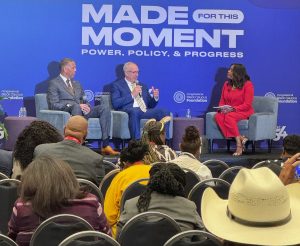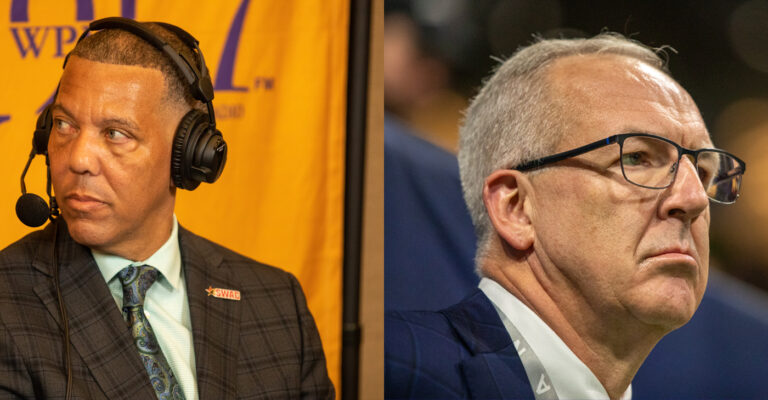At the 54th Annual Legislative Conference of the Congressional Black Caucus, Chair Congresswoman Terri Sewell led a discussion on Name, Image, and Likeness (NIL) featuring Southeastern Conference Commissioner Greg Sankey and Southwest Athletic Conference Commissioner Charles McClelland. A key topic of the conversation was The SCORE Act.
What is The Score Act?
The SCORE Act aims to achieve three main objectives: providing antitrust protections, preempting state laws that govern name, image, and likeness payments, and ensuring that athletes do not become classified as employees of their schools. Despite support from seven Republicans and two Democrats, the legislation has faced delays and has not progressed.
“Embedded in The SCORE Act is what I would call limited liability protection,” Sankey explained. “I’ve never walked on Capitol Hill and asked for an antitrust exemption, and the characterization that that’s the ask is incorrect. What we’re looking for is protection to enact these changes without being constantly sued.”

Southwestern Athletic Conference Commissioner Charles McClelland and Southeastern Conference Commissioner speak with U.S. Representative Terri Sewell during the 54th Annual Legislative Conference of the Congressional Black Caucus in Washington, D.C. (Photo: Dawn Montgomery/Black Press USA)
The Impacts on the HBCUs and smaller schools
Beginning this year, schools can pay up to $22 million to all of the athletes in their departments due to the Supreme Court’s 2021 decision in NCAA v. Alston (594 U.S. 69). McClelland agrees with preventing student-athletes from becoming employees at their schools. During the 2024 Bayou Classic, McClelland urged Southern University and other SWAC institutions to pursue innovative fundraising strategies.
He noted that many athletic departments—especially at HBCUs and smaller programs—rely heavily on institutional resources, such as auxiliary services, dining fees, and even parking fines.
“Every institution at our level, whether it’s HBCU or below, and quite a bit at the FBS level, uses institutional funding to support the athletics programs,” McClelland explained. “ I know at my institutions, a lot of it comes from auxiliary services. It comes from dining hall, parking tickets, right?
The Financial Burden on Universities
However, McClelland does not want student-athletes to become employees of the schools due to tax ramifications.
“So we’re borrowing money from the other side of campus to be able to fund athletics if they become employees,” McClelland continued. “That institution now is responsible for those corresponding taxes, right? 27 to 30% we just lined up. We can’t afford it in the first place, so now we’re going to put another 30% tax.”
Currently, NIL earnings are considered taxable income, whether athletes receive money directly or benefit through noncash compensation like free products or services. The exact tax implications vary depending on the structure of each NIL deal.
With 38 states already passing NIL legislation, there is growing consensus that a national framework is necessary. In states without NIL laws, individual colleges and universities must establish their own policies, creating inconsistencies across the collegiate athletics landscape.






